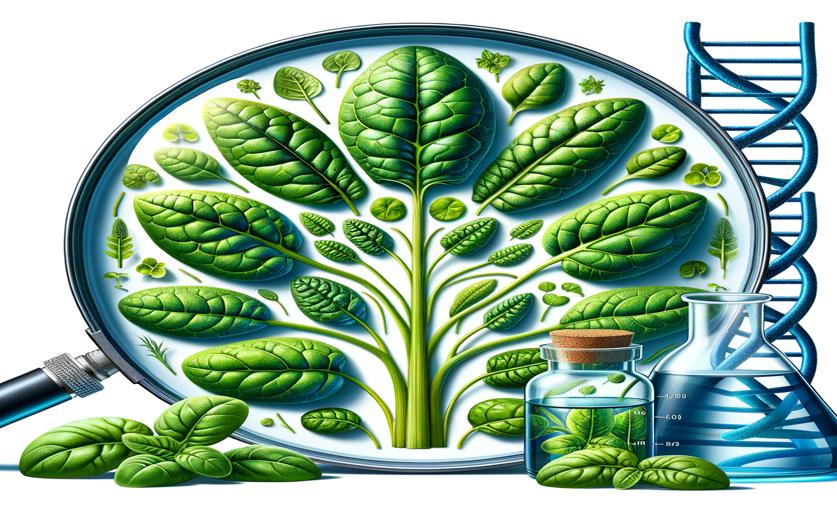
Understanding Spinach Evolution and Traits Through Comprehensive Genome Analysis
Greg Howard
4th August, 2024

Image Source: Natural Science News, 2024
Key Findings
- Researchers created a comprehensive Spinacia pan-genome by integrating new and existing assemblies of cultivated spinach and its wild relatives
- They identified 193,661 structural variations (SVs) and genotyped them in 452 Spinacia accessions, revealing genetic diversity and evolutionary patterns
- SVs were linked to sex determination in spinach, with most sex-linked SVs biased towards the Y chromosome, affecting gene expression and reproductive traits
GeneticsPlant ScienceEvolution
References
Main Study
1) Pan-genome analysis of 13 Spinacia accessions reveals structural variations associated with sex chromosome evolution and domestication traits in spinach.
Published 2nd August, 2024
https://doi.org/10.1111/pbi.14433
Related Studies
2) Major Impacts of Widespread Structural Variation on Gene Expression and Crop Improvement in Tomato.
3) Impacts of allopolyploidization and structural variation on intraspecific diversification in Brassica rapa.



 4th July, 2024 | Jenn Hoskins
4th July, 2024 | Jenn Hoskins